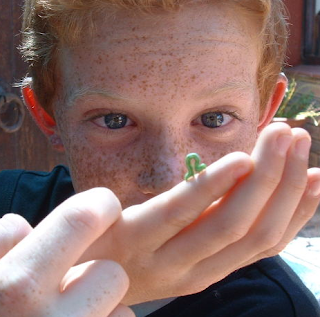The best way for kids to learn Serbian is through numerous songs, poems and chants. That's why I'll dedicate one blog post a week to this topic. Let's start with numbers in Serbian and this beautiful song by the famous Branko Kockica:
Don't forget to do this exercise based on the song lyrics!
Don't forget to do this exercise based on the song lyrics!

.png)















